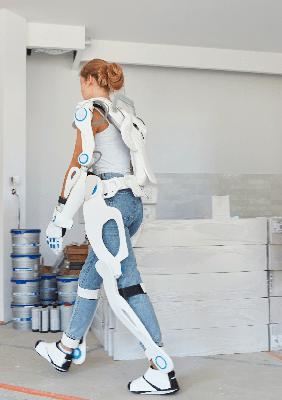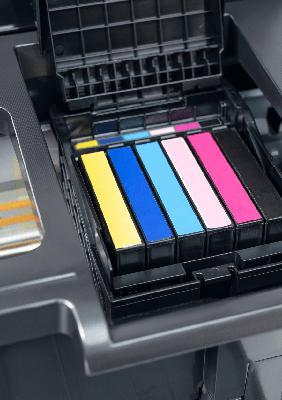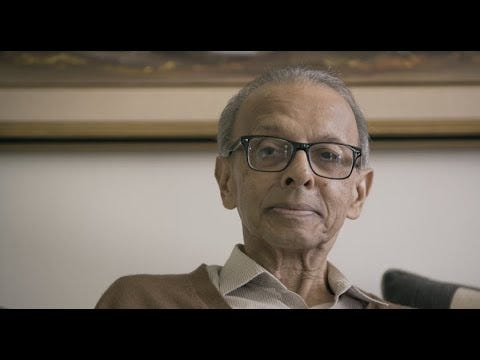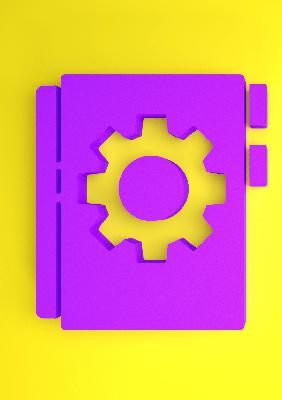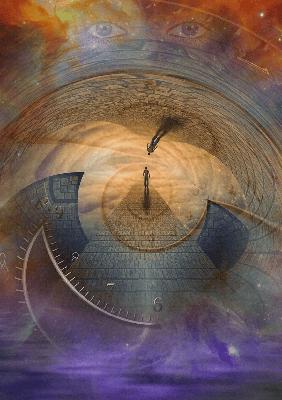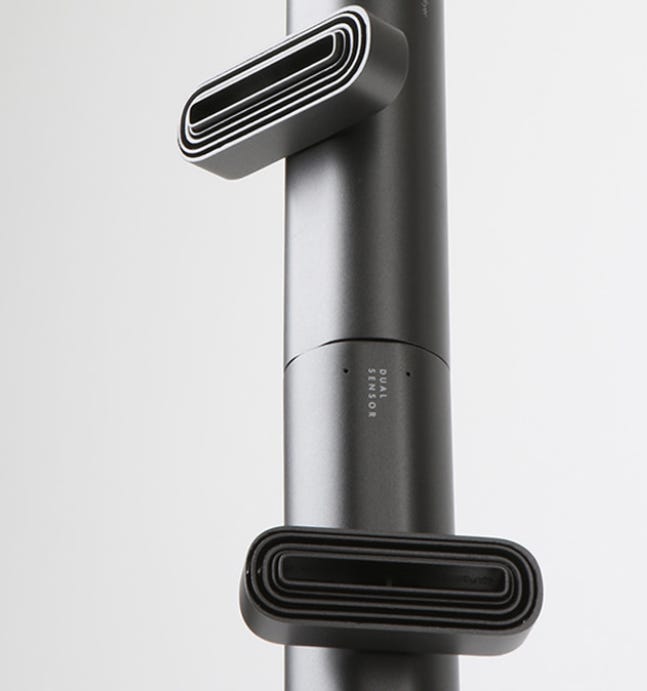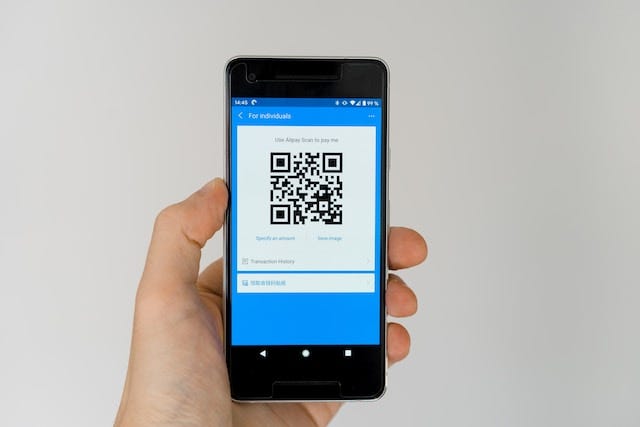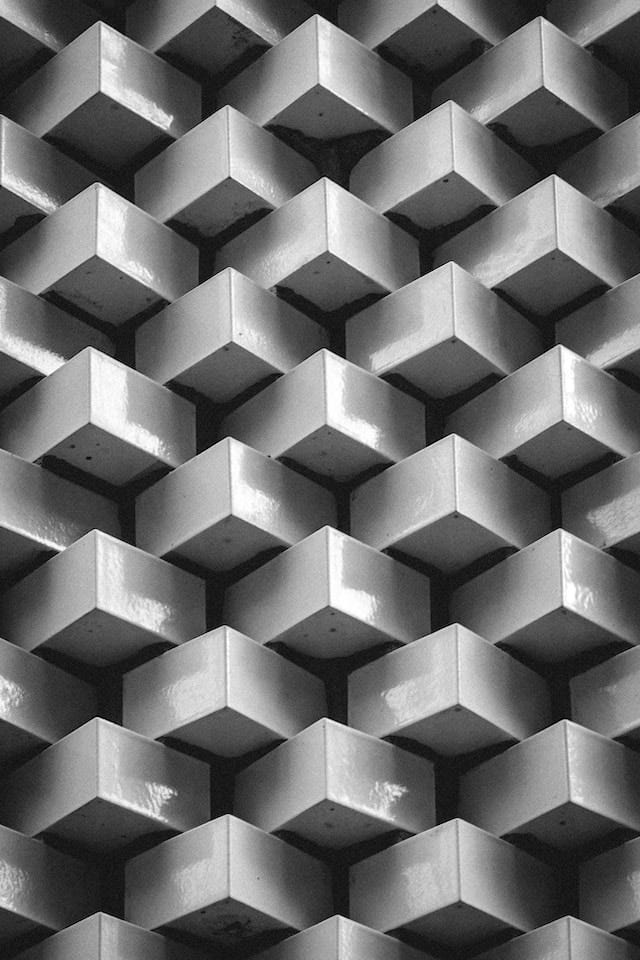No, you can't have it
Description
There was a camera called Flip before smartphones in the early 2000s
It did just one thing well - video and made it easy for just about anyone to make and edit video.
As it soared in popularity, it was bought by Cisco for almost $600 million.
It proved to be a purchase fraught with problems. Cisco was geared to sell to enterprises and Flip was essentially a consumer product.
Somewhere within the company, it got stuck in the red tape and Cisco decided to completely withdraw it from the market.
That brought about a great deal of hand-wringing from customers who had committed to the camera and recorded several home films on it - but to no avail.
Now, here's another similar story.
We all have a pileup of remote controls for different devices at home. Part of the problem is that the gadgets use different base technologies and integrating them into a single remote is a technical challenge.
But a company called Harmony did do it. It provided one of the best examples of being able to use one remote to control practically every entertainment device at home.
However, Logitech bought Harmony a few years ago. And now, they've decided to stop production altogether.
Looks like it's not profitable for the company or they haven't figured out a way to make it work - even though the article below says it was deliberate. No company deliberately decides to lose money.
It’s tragic when concepts have been developed into successful, full-blown products are simply lost in the wilderness of the corporate woodwork.
Maybe there is a logical explanation but no one's willing to say what happened.
The camera doesn't forget
Our memories may dim over time, but cameras don't.
Unless the software that manages the images gets corrupted, for some reason.
Face recognition is already being used for everything from unlocking phones to identifying travelers at an airport.
Now that seems like perfectly legitimate use of the technology.
But once the genie is out of the bottle it can go anywhere.
When Facebook said it would no longer use its tagging system to identify people, it was a temporary blip because people saw how easy it was to track individuals for no reason whatsoever.
With technology that has legitimate uses, things can evolve both ways.
Police forces would want to keep tabs on those identified as criminals to track their movements. And that opens up different kinds of intrusions into a person's private space.
Banks would justify face recognition to identify customers when they're opening an account or transacting, so that the wrong people are not able to access an account.
But hackers can find all kinds of uses that simply go against the grain. If a face tagged to a real person exists in a database, it can be used for things without the person's knowledge.
Let us say a company enables face recognition within the company for access.
If attackers gain access to this database, they can 'spoof' employee identities and then access proprietary information.
And governments would want to track opponents - the number of potential uses and misuses just keep multiplying.
It's a hard question to answer - whether facial recognition solves problems or creates new ones.
A test case for renewable energy
Is the future inevitable?
Media stories drive the narrative that renewable energy is the way of the future along with the gradual easing of fossil fuels.
Puerto Rico is one of the staging grounds of future battles.
When the electricity grid was flattened by a couple of hurricanes, the emphasis shifted to rebuilding.
It was clear that existing electricity companies wanted to get back to the regular generation mode, utilising the funds allocated by the US government.
In other words, it should go back to business as usual.
But renewable energy companies see this as the perfect opportunity to make the switch - and the case that electricity generation should not go back to the old mode of working.
So, will decentralised power generation where solar panels are put up on homes and industry roofs to generate power become the new model?
There's no clarity on which way will work better in the long run. Scaling the power from each rooftop and then creating an overall grid to distribute it will take time. But people and industry need power here and now.
It's a tricky rope walk to manage needs now while creating a fresh infrastructure. If people make the investment in their own power, who pays for the overall power generation as a backup? There are no easy answers to that question
For both the segments involved, it's a battle for survival. One into which politicians, consumers, companies and policy makers will take up positions and fight tooth and nail.
Whichever way this plays out, similar battles will open up everywhere.
A transition on such a scale is like pulling out teeth without anesthesia!
Thanks for reading The Branded and Gilded Life ! Subscribe to receive new posts and support my work.
This is a public episode. If you would like to discuss this with other subscribers or get access to bonus episodes, visit ideascape.substack.com




